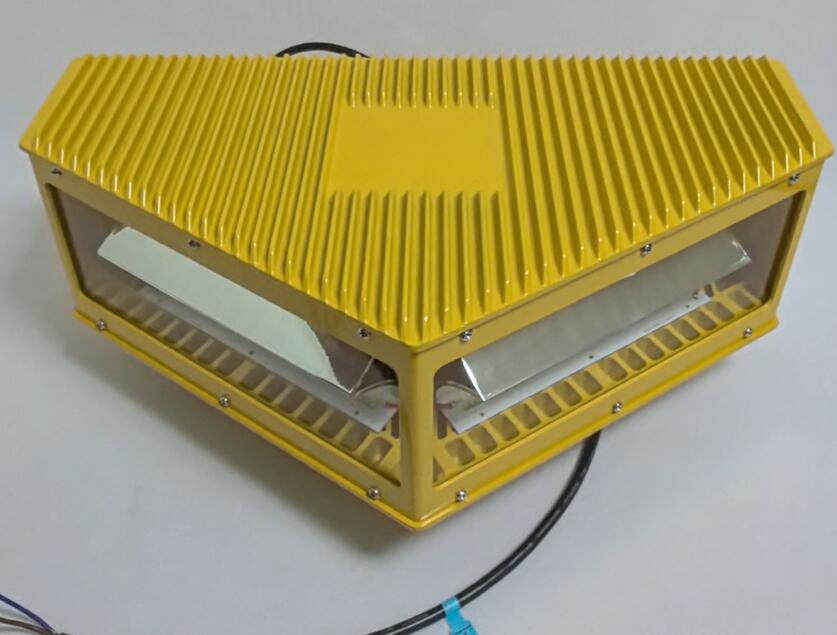Obstacle Lights: The Invisible Protectors of Modern Aviation
Introduction: Lighting the Way to Safer Skies
In our vertically expanding world where skyscrapers pierce clouds and wind turbines dot horizons, obstacle lights serve as silent guardians of aerial navigation. These unassuming beacons prevent catastrophic collisions between aircraft and man-made structures, forming an invisible safety net across our increasingly crowded airspace. This article examines their evolving technology, critical applications, and future innovations.
The Science of Visibility: How Obstacle Lights Work
Modern obstacle lights employ precision engineering to maximize detection:

• Color Psychology: Red for nighttime (optimal dark adaptation) and white for daytime visibility
• Photometric Engineering: Precisely calibrated light intensity measured in candelas
• Flash Patterns: ICAO-standardized sequences (20-60 flashes/minute) for immediate recognition
• Omnidirectional Design: 360° visibility from all approach angles
Advanced models now incorporate:
Automatic brightness adjustment based on ambient light
Synchronized flashing across multiple units
Fail-safe redundancy systems
| obstacle light |
Critical Applications Across Industries
1. Urban Canyon Marking
• Skyscraper lighting configurations (rooftop/mid-level)
• Bridge suspension cable illumination
• Construction crane warning systems
2. Renewable Energy Sector
• Offshore wind farm marking
• Solar tower thermal plant visibility
• Hydroelectric dam obstruction lighting
3. Telecommunications Infrastructure
• Cell tower lighting hierarchies
• Broadcast antenna marking
• Satellite ground station protection
4. Transportation Networks
• Airport runway approach systems
• Highway overpass illumination
• Railway catenary wire marking
| obstacle lights |
Cutting-Edge Technological Advancements
Smart Lighting Systems
• Radar-activated operation (only illuminates when aircraft approach)
• IoT-enabled performance monitoring
• Predictive maintenance algorithms
• Cloud-based management platforms
Sustainable Solutions
• Solar-hybrid power systems
• Ultra-low power LED arrays
• Recyclable aerospace-grade materials
Enhanced Safety Features
• Aircraft Detection Lighting Systems (ADLS)
• Anti-collision strobe synchronization
• Harsh environment-rated designs (-40°C to +70°C operation)
Global Regulatory Framework
Key Standards:
FAA AC 70/7460-1L (US)
ICAO Annex 14 (International)
EN IEC 61820 (Europe)
CASA MOS Part 139 (Australia)
Compliance Requirements:
• Intensity classification (L-810 to L-856)
• Vertical spacing specifications
• Color chromaticity standards
• Maintenance inspection protocols
The Future of Obstacle Lighting
Emerging technologies promise to revolutionize the field:
1. Autonomous Adjustment Systems
AI-powered visibility optimization
Weather-responsive intensity control
Dynamic flash pattern adaptation
2. Integrated Detection Networks
Combined visual/radar/transponder systems
Drone traffic coordination lights
Urban air mobility corridor marking
3. Eco-Conscious Innovations
Bioluminescent marker research
Zero-light pollution designs
Self-powered piezoelectric models
Conclusion: Beyond Compliance - A Safety Imperative
Obstacle lights have evolved from simple regulatory requirements to sophisticated safety systems that:
✔ Prevent thousands of potential collisions annually
✔ Enable 24/7 airspace utilization
✔ Support emerging aviation technologies
✔ Adapt to changing environmental conditions
As urban density increases and air traffic diversifies (with drones, eVTOLs, and commercial spaceflight), the humble obstacle light will continue to play an outsized role in global aviation safety. Their next-generation iterations will likely incorporate predictive analytics and seamless integration with air traffic management systems, becoming intelligent nodes in our increasingly connected aerial infrastructure.
